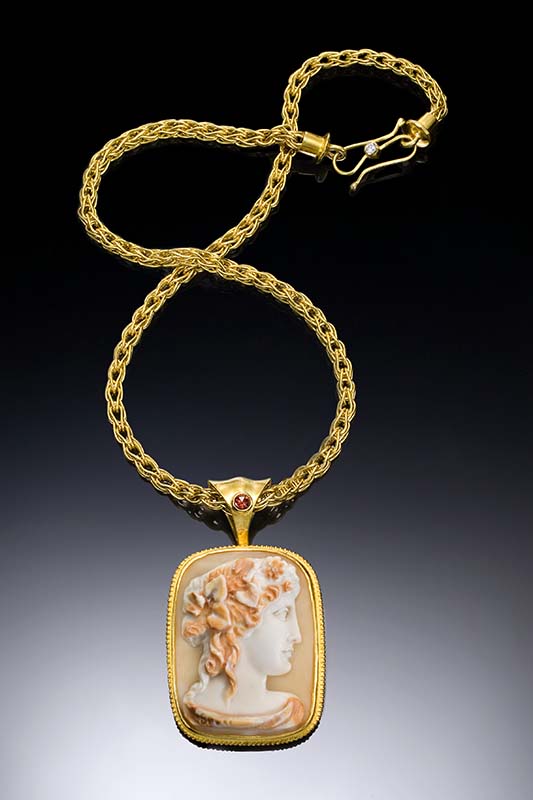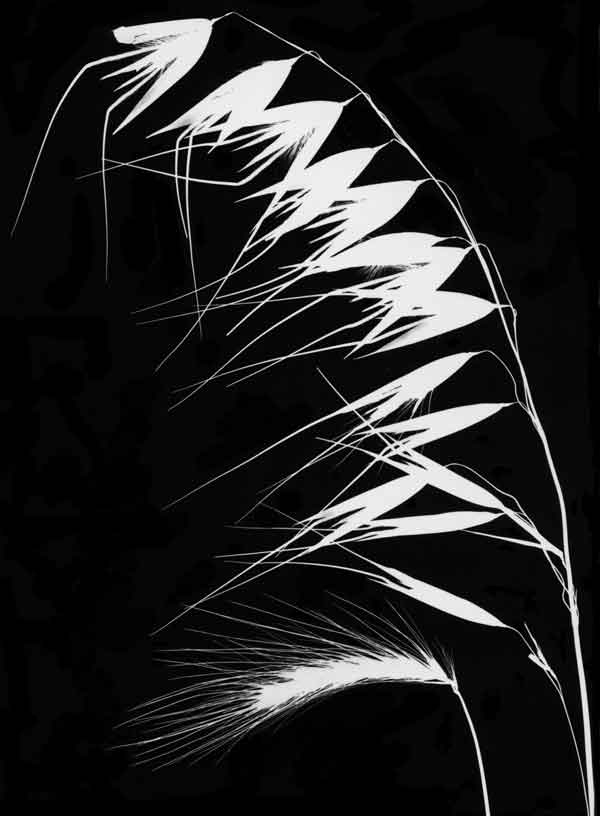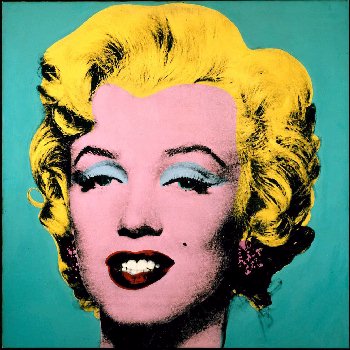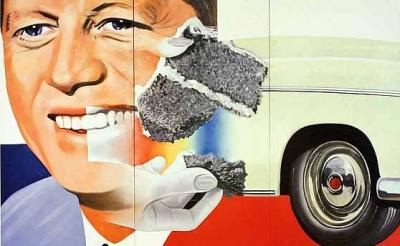 This is just a postcard we made with a Photoshop/Adobe lesson.
This is just a postcard we made with a Photoshop/Adobe lesson.
What is Abstract Photography?
– There is no standard definition but it’s photography that;
– Abstract photography can be in tune with the human perceptual, mental, and emotional systems because emotional systems are more powerful than the logical systems.
– The three essentials to abstract photography are;
My abstract photos:
Photojournalism – a branch of journalism characterized by the use of images to tell a story.
What is the difference between a photograph and photojournalism?
What is the NPPA? – The National Press Photographers Association, a professional society that promotes the highest standards in visual journalism, acknowledges concern for every person’s need both to be fully informed about public events and to be recognized as part of the world in which we live.
What is the NPPA Code of Ethics? – There are 7 standards visual journalists and those who manage visual news productions are accountable for upholding;
Why does media need ethics? – The audience must be able to trust that the image they see is a true representation of what was happening. This comes down to interference and manipulation.
Steps to develop film: LINK – http://photography.tutsplus.com/tutorials/step-by-step-guide-to-developing-black-and-white-t-max-film–photo-2580
1. Gather supplies; 1-2 rolls of exposed T-MAX film, developing tank, can opener, beaker or measuring cup, thermometer, scissors, containers, negative carrier, 3 containers for mixing chemicals. Chemicals; Kodak T-MAX developer, stop bath, rapid fixer with hardening agents, hypo clearing agent, photo flo.

2. Load, Expose, Unload the Camera.

3. Mixing the chemicals.

4. Light Proof a Room.

5. Open the Film Canister.

6. Take the Film out of the Canister.

7. Even Off the End of the Film.

8. Load the Reel.

9. Cut Off the Plastic End of the Reel.

10. Before the Developing Process.

11. T-MAX Developer.

12. Stop Bath.

13. Fixer.

14. One Minute Wash.

15. Hypo.

16. 5-Minute Running Water Wash.

17. Photo Flo.

18. Drying and Hardening.

A jewelry photographer would be one like Ralph Gabriner, who has an entire studio that has been working over 30 years.
Some of his work;


~ Photogram – a picture produced with photographic materials, such as light-sensitive paper, but without a camera.
~ 2 photogram artists are Adam Fuss and Ethan Jantzer.
~ My idea for next week would be something like the last example with a flower.



a) Pop art mostly began in 1952 in London with architects Alison and Peter Smithson.
c) Link: http://www.photoshopessentials.com/photo-effects/pop-art/
Andy Warhol:


Roy Lichtenstein:

Roy Rosenquist:

My before and after: